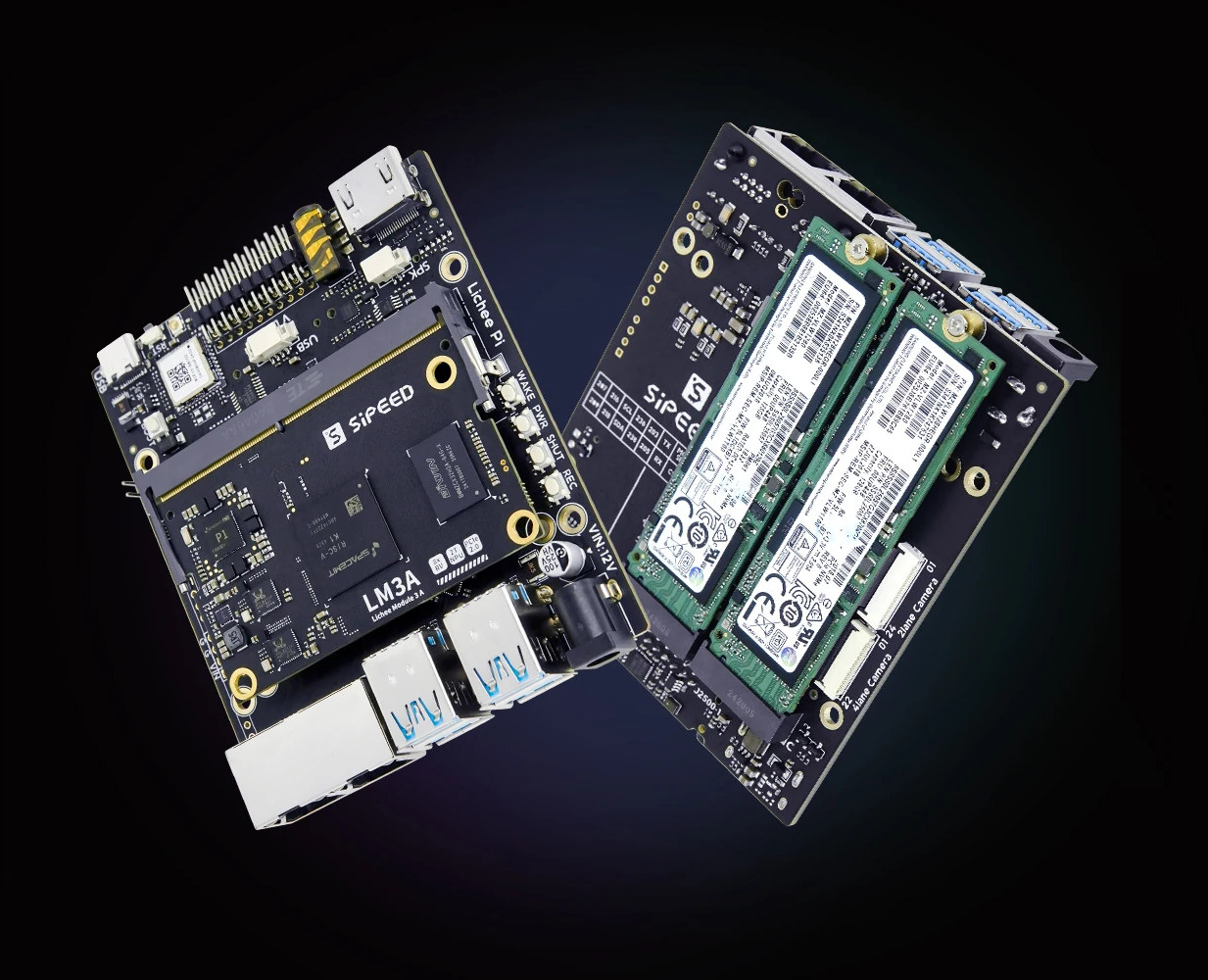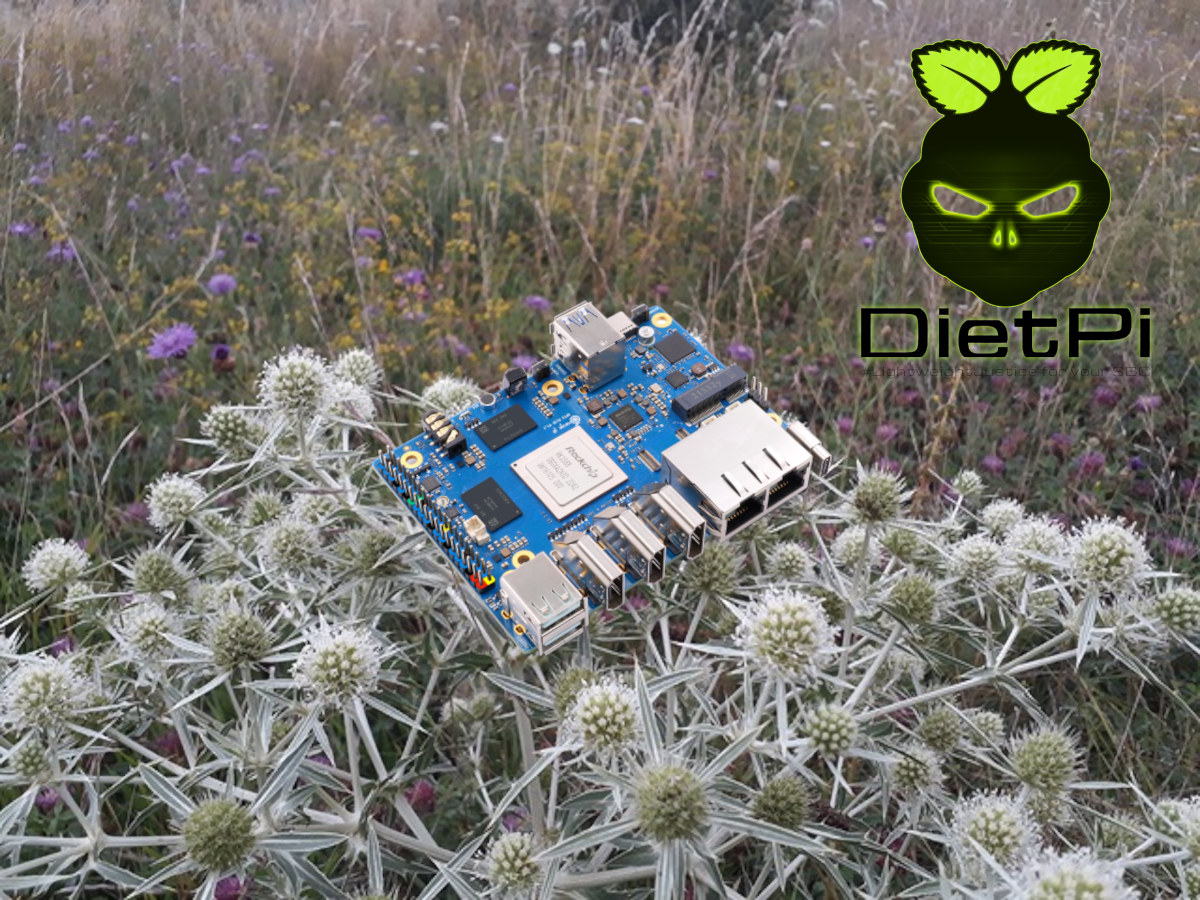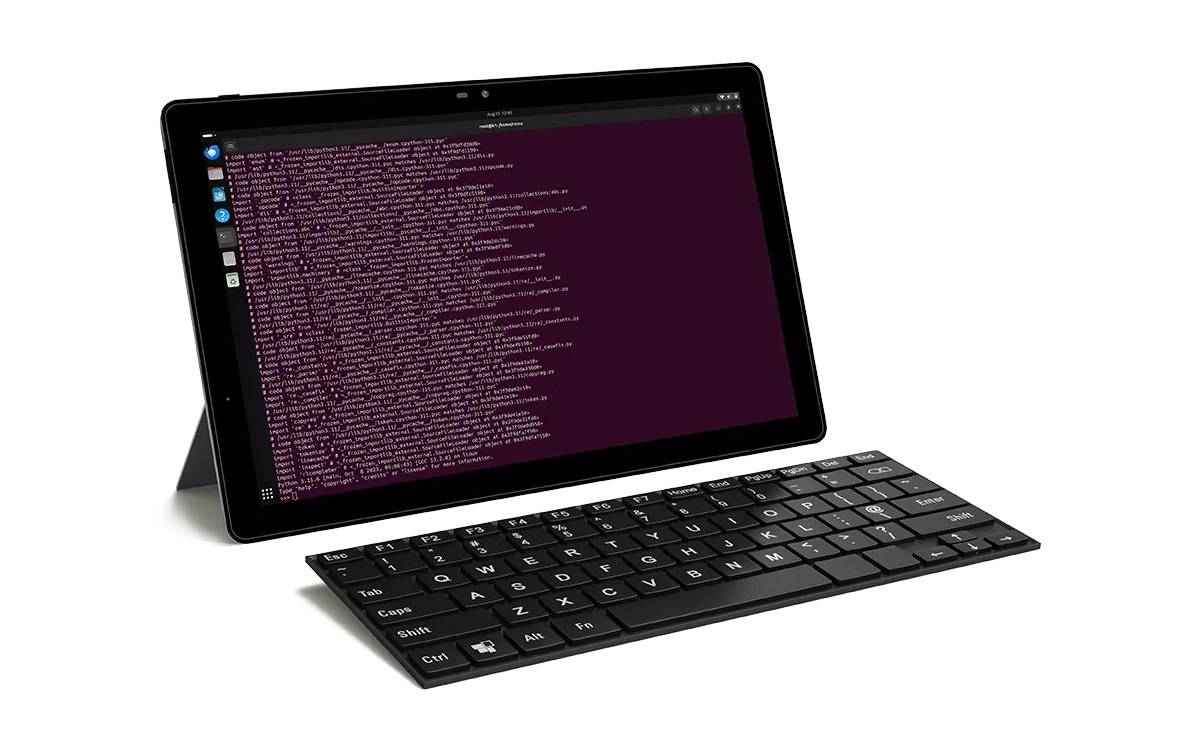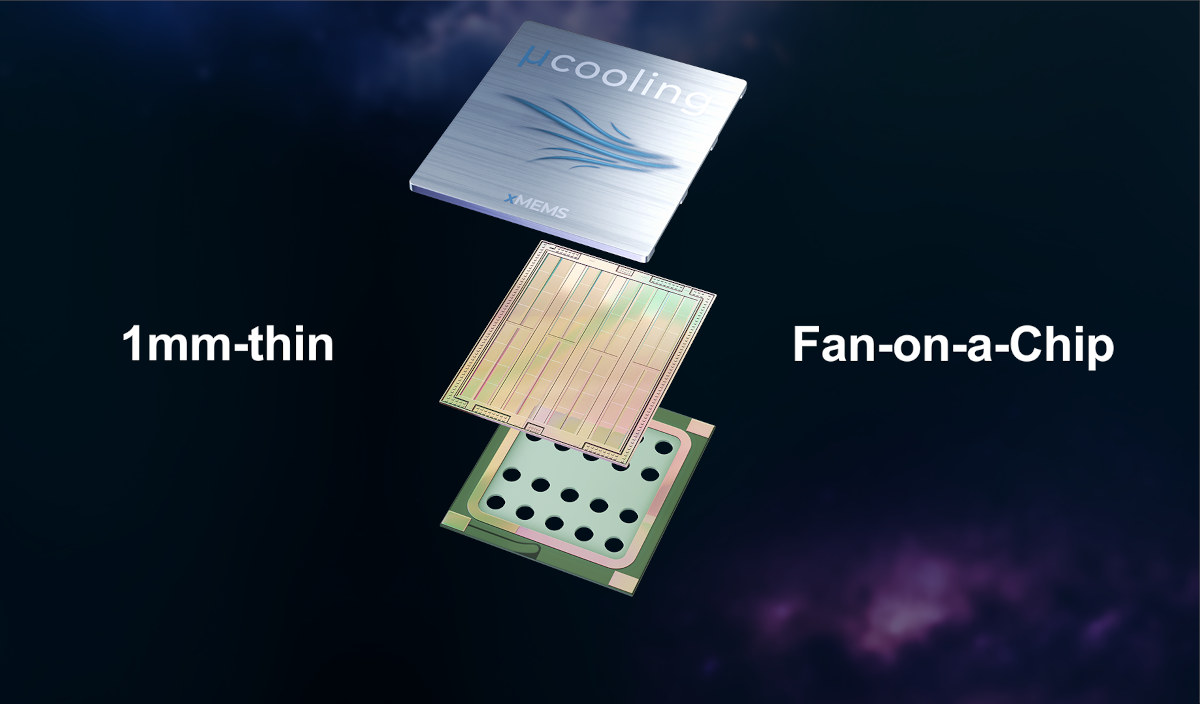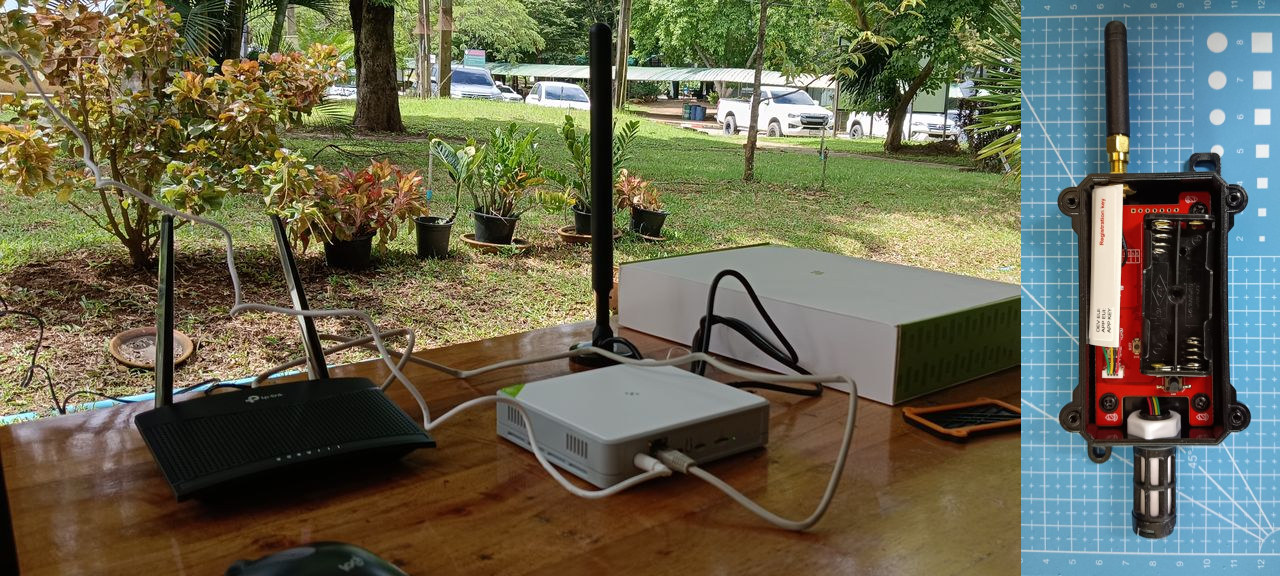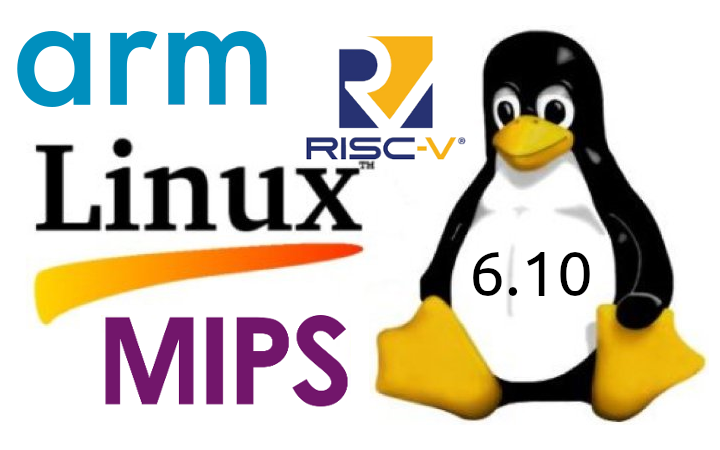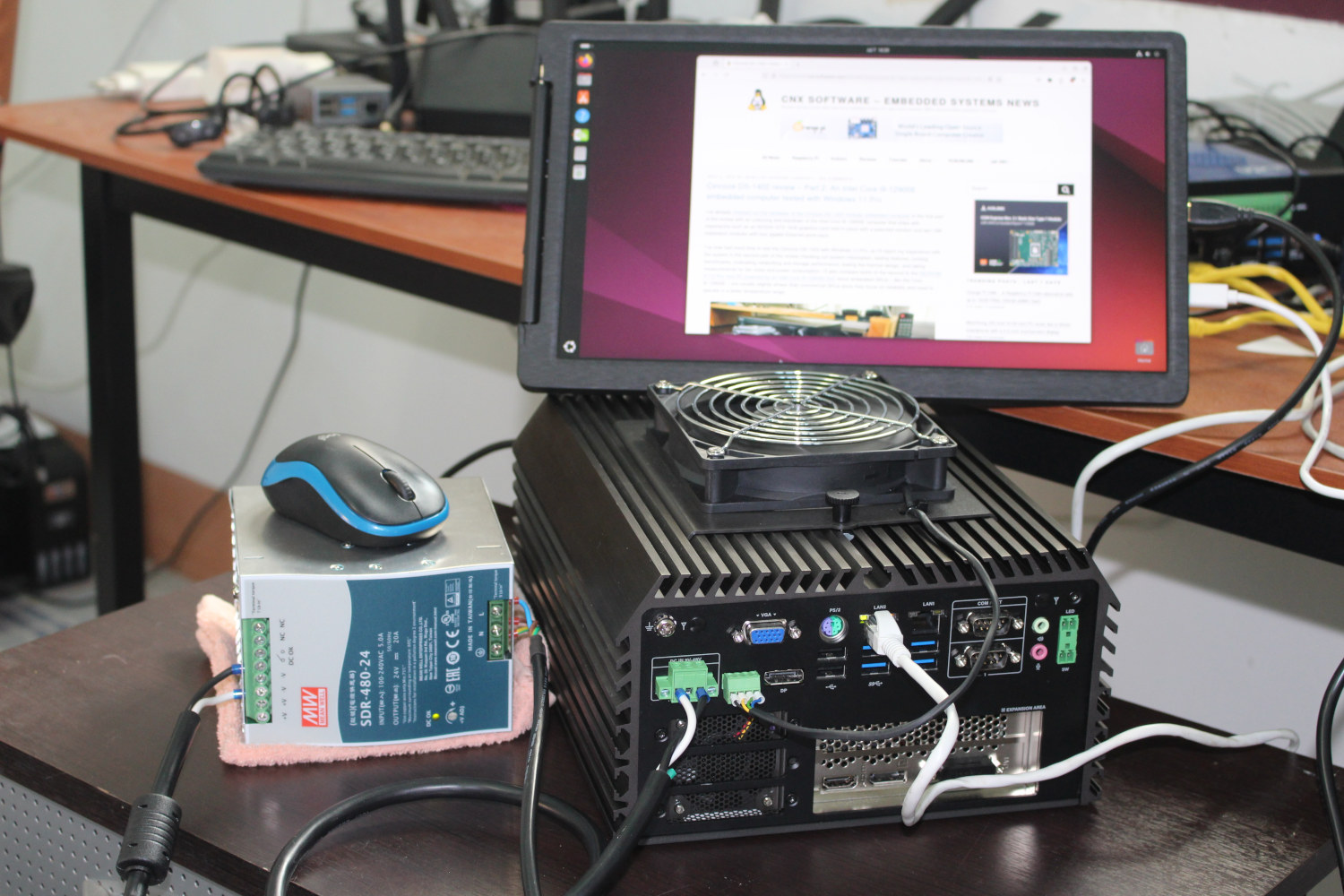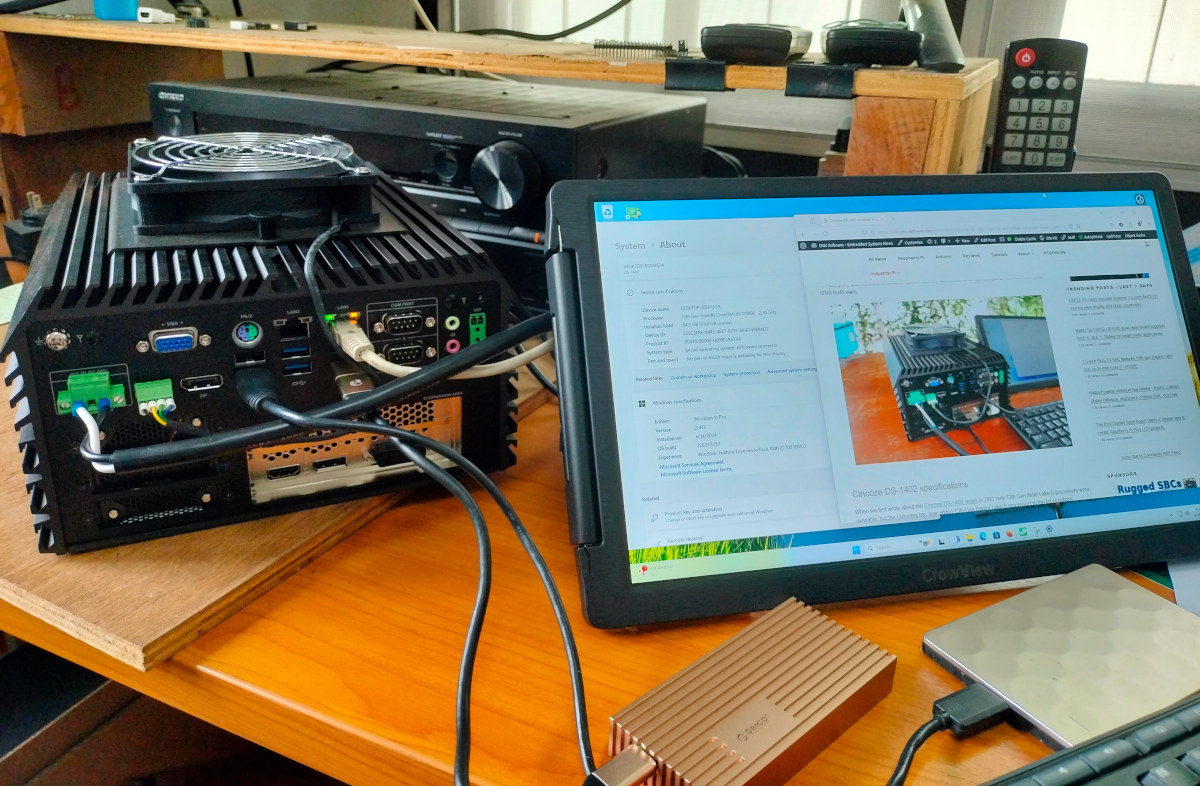LicheePi 3A – A SpacemIT K1 RISC-V development board with SoM and carrier board
Sipeed LicheePi 3A is a development board comprised of the LM3A system-on-module based on SpacemIT K1 octa-core RISC-V SoC and the same baseboard as found in the earlier LicheePi 4A equipped with a T-Head TH1520 quad-core RISC-V “LM4A” system-on-module instead. The LicheePi 3A is currently offered with a 32GB eMMC flash and 8GB or 16GB LPDDR4x memory. The carrier board provides a microSD card, two M.2 PCIe sockets for storage or other expansion, two gigabit Ethernet ports, a WiFi 6 and Bluetooth 5.2 module, HDMI and MIPI DSI display interfaces, two MIPI CSI camera interfaces, four USB 3.0 ports, and a 20-pin GPIO header for expansion. Sipeed LicheePi 3A specifications: Sipeed LM3A SoM SoC – SpacemiT K1 CPU – 8-core X60 RISC-V processor @ 1.6 GHz GPU – Imagination IMG BXE-2-32 with support for OpenGL ES3.2, Vulkan 1.2, OpenCL 3.0; 20 GFLOPS VPU – H.265 and H.264 1080p60 decoding/encoding NPU […]


